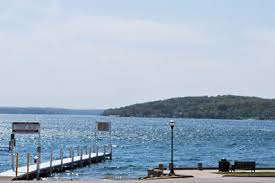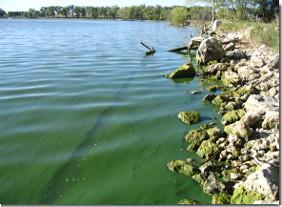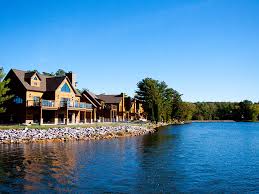Touring Wisconsin (WI) Farm Technology Days, this year held on Snudden Farm on the outskirts of the beautiful, historically rich, and incredibly clean Geneva Lake area, I was eager to connect with professionals whose mission is to promote clean water.
I was not disappointed.
Though the focus of these professionals is mostly tied to ground water and drinking water, there was also sufficient concern for surface water as well.
And just for review, let’s discuss surface water, as defined by Goulds Water Technology, for a moment. And what surface water is cleanest.
In a nice review by real estate agent Adam Gohlke, the dirtiest water is that which contains the most runoff from farms, and municipalities. The cleanest: spring fed lakes, or lakes formed from exceedingly clean runoff (see: Crater Lake, which is considered by some to be the cleanest lake in the world, and has the added advantage of being one of the planet’s deepest lakes as well). These lakes are always self-contained, with no tributaries leading into them. Geneva Lake, Wisconsin’s second deepest at 145 feet, is an example of a self-contained spring-fed lake.

Gohlke’s basic assessment presents facts which are well-known to the professionals with whom I spoke. And that is encouraging.
Bottom line: not all lakes are created equally, and state and national clean water conservation resources must be shifted to those lakes with many tributaries — which invariably possess excessive nutrients and pollutants. For these surface waters, eliminating invasive fish like carp, invasive and damaging plant life, and creating sizable land buffers between fertilized properties and waterways, are all critical steps that must be taken in EVERY instance.



